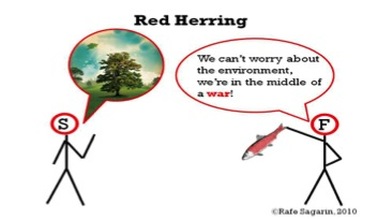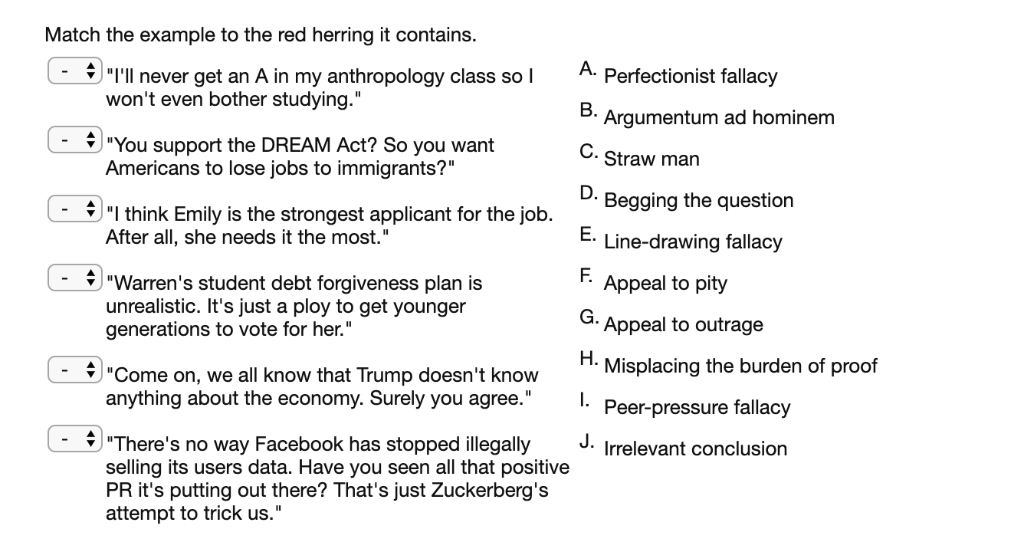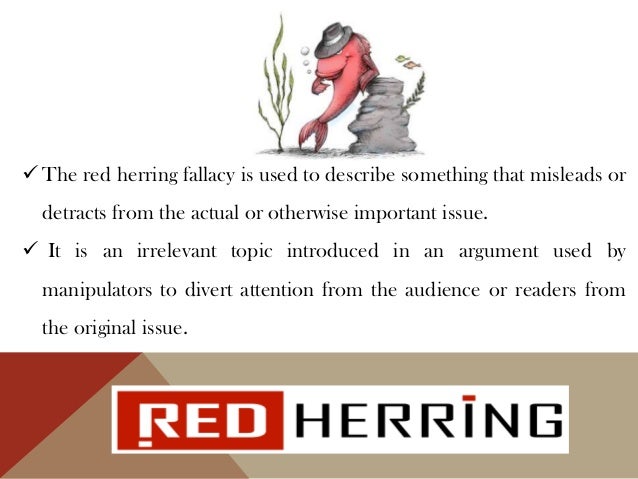

Red herrings in literature are different from red herrings in debates or arguments. The key is that it must be something that appears to be significant but is actually irrelevant to the story. It can be an event, character, clue, dialogue, or anything else that seems to point the story in one direction but ultimately leads nowhere. It can be introduced in many different ways. Red herring definitionĪ red herring refers to “something that misleads or distracts from a relevant or important issue.” It's essentially a false clue placed in a story, often referred to as a subversion of Chekhov's gun.Ī red herring is a technique that is often used in detective stories, thrillers, and mystery novels to keep the reader guessing and engaged. We will also explore why writers and filmmakers use them and how they can be effective tools for storytelling. In this article, we will discuss what red herrings are and some common examples from literature and film. It is often introduced to throw the reader or viewer off track and make them question what they are seeing.

A red herring focuses on an argument off-topic instead of the subject matter.A red herring is a term used in storytelling to describe a diversionary tactic used to distract the audience from the real story. In summary, a red herring is a type of logical fallacy that is meant to distract the audience.

– The Washington Postĭefine red herring: the definition of a red herring is a distracting tangent introduced into an argument that derails the discussion from its true subject. The attorney general claims to be promoting public safety with his decision, but this is nothing more than a red herring to push Herring’s anti-gun agenda.policy influences currency levels through changes in interest rates and the money supply. In truth, currency manipulation has always been a red herring.This is because the speaker is trying to distract the audience from the subject and bring the audience “to his side.” Red herrings can be very successful in political speeches, even though they assume that the audience will not recognize the fallacy. Red herrings are most common in political speeches. In this way, an author may present a character who seems “guilty.” This character is created as a “red herring” to create interest and to throw off the reader from the actual culprit. Red herring examples: Red herrings might occur in mystery or thriller novels. Other than that, red herrings should be avoided because they are not logically sound. Red herrings should only be used in argument if the speaker is aware that he is distracting from his argument or if he feels it is the best way to win an argument. Red herrings are successful in convincing audiences of an argument because they are often more emotional in nature. Similarly, an audience should be able to identify a red herring. Speakers should know when they are using red herrings. He is playing off the emotions of his audience.He wants to showcase what he thinks is a flaw in his opponent.He does not have enough evidence to support his argument.A speaker may do this for several reasons: The purpose of a red herring is to divert the attention of the audience and to cause confusion. A red herring draw’s the audience’s attention away from the subject.

Begging the question: assuming the conclusionĪ red herring is intended to be a distraction in an argument.Straw man: responding to an argument that was not created by the opponent.False dilemma: considering limited conclusions when more are possible.Non-sequitur: the conclusion does not follow the premise.Ad hominem: an attack on character instead of on topic.Formal fallacies appear to be good arguments, but there is a flaw in the logic. Through deduction, a flaw occurs in a formal fallacy. It is a method a speaker uses to win an argument when in fact it has nothing to do with the topic.Ī formal logical fallacy creates a false conclusion based on a flaw in a logical structure of the argument. A red herring may be introduced at any time during an argument to cause a distraction. This is because there is no real logical outline to how a red herring creates a fallacy. Topic A is either ignored or forgotten because Topic B takes precedenceĪ red herring is a type of informal logical fallacy.Speaker brings up Topic B, irrelevant to Topic A.


 0 kommentar(er)
0 kommentar(er)
